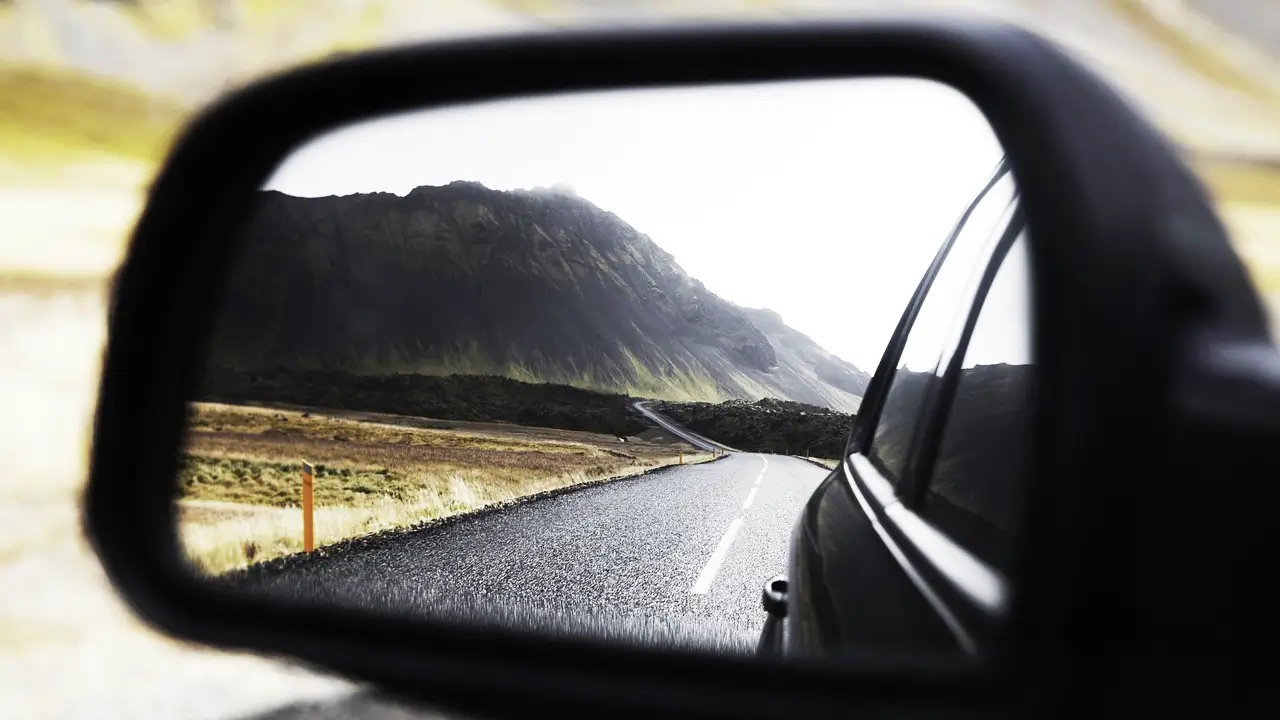Like other countries, Florida has its own set of regulations governing what kind of mirrors are required on cars. The purpose of these rules is to protect the safety of everyone who uses the roads, including pedestrians, drivers, and passengers. The rules are intended to give drivers the visibility they need to drive safely, preventing accidents and guaranteeing that they are constantly aware of their surroundings. This essay will examine the particulars of Florida’s auto mirror legislation, such as the kind and quantity of mirrors that must be set up and it will also go into the justification for these rules.
Florida Laws Regarding Car Mirrors
According to Florida law, all cars driven on the state’s roadways need to have particular mirrors installed. Every motor vehicle is required to have at least one rearview mirror, as per Florida Statutes Section 316.294. The driver must be able to see the road behind the car in this mirror for a minimum of 200 feet. Allowing the driver to keep an eye on traffic conditions behind the car is the main function of this mirror. It is important for safe lane changes, reversing, and overall traffic awareness.
Even though the regulation only calls for one rearview mirror, in actual practice, several mirrors are usually needed to ensure complete visibility. Three mirrors are standard on most cars: two outside side mirrors and one interior rearview mirror. Widely regarded as the industry standard for contemporary cars, this configuration offers a wide field of vision, minimizing blind spots and improving overall driving safety.
Mirrors for the rearview
Located at the top of the windshield in the center of the car is the internal rearview mirror. Its main purpose is to give the area directly behind the car a clear line of sight. When traveling on a highway and when getting ready to change lanes, this mirror is very helpful for keeping an eye on traffic conditions. Drivers will have enough time to react to any changes in traffic patterns or potential hazards since the rearview mirror must provide a clear view of at least 200 feet behind the vehicle.
- Nearly 30% of UK Drivers Believe Car Tax Should Be Based on Mileage — Survey
- Why Planes and Boats Escaped the Luxury Tax But Cars Didn’t
- Australia’s Headlight Confusion: Authorities Warn Drivers After Viral $250 Headlight Rule Goes Wild Online
- 2025 Hyundai Venue Facelift Launched in India – Full Details, Variants, and Price
- Royal Enfield Bullet 650 Unveiled at EICMA 2025: A Classic Legend Returns
Side Mirrors
In Florida, cars often come with two outside side mirrors—one on each side—in addition to an internal rearview mirror. To remove blind areas that the rearview mirror is unable to see, these mirrors are essential. For safe left turns and lane changes, a view along the left side of the car is provided via the driver’s side mirror. The passenger side mirror covers the right side of the car and is essential for safe merging and right-hand turns, even if it is frequently somewhat convex to offer a larger field of vision.
In conclusion, In Florida, a car must have at least one rearview mirror that provides a view of the roadway behind. Every motor vehicle must have at least one rearview mirror that can see the road for 200 feet behind the vehicle to comply with Florida law. Nonetheless, the majority of cars come with two outside side mirrors plus an internal rearview mirror for increased safety and comprehensive visibility. Together, these mirrors give drivers a wide field of vision, minimizing blind spots and assisting in the avoidance of collisions. To protect both their safety and the safety of other road users, drivers in Florida must comprehend and abide by these regulations. Drivers may travel the highways with more security and confidence if they keep their mirrors in good working order and use them efficiently.
